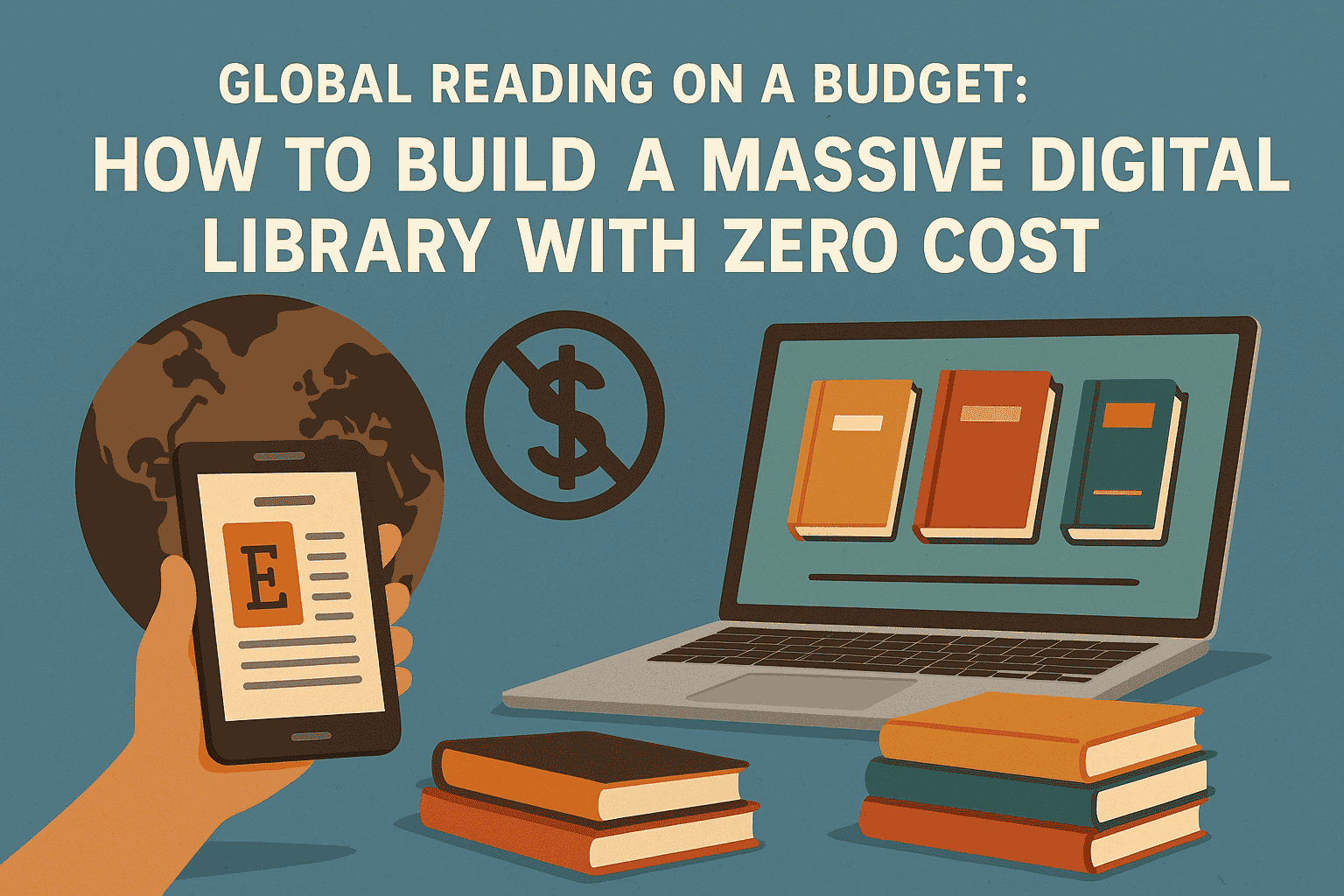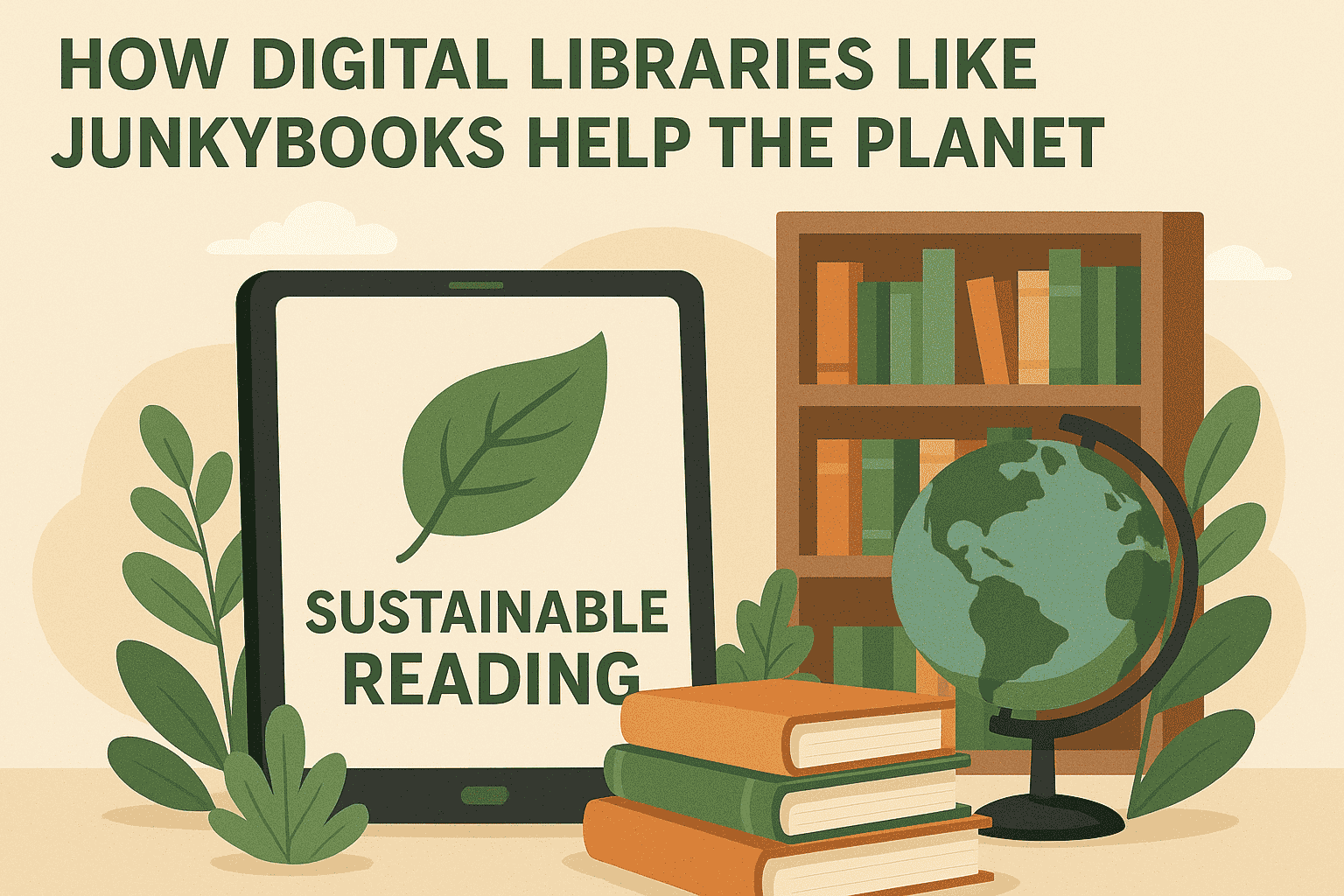Analyzing the Growth of Exchange-Traded Funds (ETFs) and Their Impact on Market Liquidity
Exchange-Traded Funds, or ETFs, have taken the investment world by storm—and for good reason. They’re flexible, accessible, and have become a go-to vehicle for both everyday investors and large institutions alike. In the past two decades, ETFs have grown from a niche product into a massive financial force, reshaping how we think about investing and trading.
But what does this growth mean for market liquidity? How have ETFs changed the landscape of finance, and why should you—whether you’re a finance student, a curious investor, or someone building a financial career through several channels—pay close attention?
In this article, we’ll take a friendly but deep dive into the explosive growth of ETFs, how they work, and their wide-reaching impact on market liquidity. No complicated jargon. Just clear, engaging insight.
Let’s begin by understanding the basics.
What Exactly Is an ETF?
An Exchange-Traded Fund (ETF) is like a basket of securities—think stocks, bonds, or commodities—that you can buy or sell on a stock exchange, just like a regular stock.
Unlike mutual funds, which are typically priced only once at the end of the trading day, ETFs are traded in real-time. That means you can buy and sell shares throughout the day, making them flexible and fast.
ETFs offer a simple way to diversify an investment portfolio. Want exposure to the S&P 500? There’s an ETF for that. Interested in clean energy, tech, emerging markets, or gold? There’s an ETF for that, too.
The Explosive Growth of ETFs
When the first ETF (SPDR S&P 500 ETF, aka SPY) launched in 1993, few could have predicted just how transformative it would become. Fast forward to 2025, and the ETF industry now boasts over $10 trillion in assets globally.
That’s right—trillions.
Why such rapid growth? A few reasons:
-
Low cost: ETFs generally have lower fees than mutual funds.
-
Transparency: Most ETFs disclose their holdings daily.
-
Liquidity: You can buy or sell them like a stock.
-
Flexibility: You can invest in almost any market, sector, or theme.
As someone once told me during my early days in finance, “If mutual funds are like driving a bus, ETFs are like riding a bike—you’ve got control, speed, and direction.”
That stuck with me.
The Rise of Retail and Institutional Interest
ETFs have managed to attract both retail investors (everyday folks like you and me) and institutional giants like pension funds and hedge funds.
Retail investors love ETFs because they can build a diverse portfolio with just a few trades. Imagine being a college student with a small budget—you could still own a slice of the U.S. market, international stocks, and some bonds, all through ETFs.
On the other hand, institutions use ETFs for hedging, arbitrage, and quick exposure to specific markets. Because ETFs are liquid and easy to trade, they’re often used to shift positions rapidly without disrupting broader markets.
So, What Is Market Liquidity?
Before we go further, let’s quickly define market liquidity.
Liquidity refers to how easily an asset can be bought or sold in the market without affecting its price. Highly liquid markets mean you can enter or exit positions quickly and efficiently.
Think of it this way: Selling a rare antique might take time and negotiation—that's low liquidity. Selling a dollar bill? That’s instant—high liquidity.
In the world of finance, liquidity is crucial. It keeps markets smooth, fair, and functional.
ETFs and Their Influence on Liquidity
So here’s the million-dollar question: How have ETFs impacted market liquidity?
Let’s break it down.
1. Increased Trading Volume
ETFs have added a massive layer of secondary market trading to financial markets. That means investors are not buying and selling the individual stocks inside an ETF—they’re trading ETF shares themselves on an exchange.
This boosts volume and activity, particularly in sectors that may otherwise see less attention.
For example, a sector ETF tracking clean energy might attract lots of trades even if the underlying companies aren’t that active on their own. This added volume can improve overall price discovery and liquidity in those segments.
2. Liquidity Begets Liquidity
ETFs help attract more participants to the market, which often leads to even more liquidity.
Think of it like a popular food market: more vendors attract more buyers, and the whole place buzzes. Similarly, ETFs make it easier and more appealing for investors to engage with different corners of the market.
Over time, that participation enhances transparency, competition, and efficiency.
3. Challenges in Illiquid Markets
But there’s a caveat.
When ETFs are based on illiquid underlying assets—like emerging markets, junk bonds, or niche commodities—there can be mismatches.
During times of stress, ETF shares might remain actively traded even when the underlying securities are frozen or difficult to price. This can lead to dislocations between ETF prices and the actual net asset value (NAV) of the underlying basket.
One of the most striking examples of this was during the 2020 COVID-19 crash when several bond ETFs were trading at steep discounts to NAV due to panic selling, even though their components weren’t changing as dramatically.
So while ETFs boost liquidity on the surface, they can also create transparency risks in tight markets.
ETF Arbitrage and Market Stabilization
One of the unsung heroes of the ETF ecosystem is the role of Authorized Participants (APs)—large institutions that help maintain ETF price alignment.
When ETF shares deviate from their underlying value, APs step in to buy or sell shares and perform “creation” or “redemption” mechanisms to bring prices back in line.
This arbitrage activity helps keep ETFs tightly priced and enhances market efficiency.
In short, ETFs can act like sponges—absorbing excess demand or supply and helping to stabilize pricing across broader markets.
ETFs and Flash Crashes: A Word of Caution
Despite all the benefits, ETFs have occasionally been linked to moments of market instability—such as the infamous Flash Crash of May 6, 2010.
During extreme volatility, ETF trading can magnify short-term price swings. That’s because ETFs often serve as proxies for entire sectors or indexes. When panic hits, people dump ETFs—and the underlying assets get sold off rapidly, sometimes overreacting to bad news.
So while ETFs add liquidity in normal times, they can amplify volatility in abnormal times.
ETFs and Career Opportunities
If you're passionate about financial markets, ETFs are more than just a smart investment—they’re a career opportunity.
From product development to data analysis, asset management to financial journalism, there’s a growing demand for professionals who understand how ETFs work and how they shape markets.
Whether you're a fresh graduate or mid-career professional, tools like mycvcreator can help you craft a resume that showcases your financial knowledge, ETF expertise, and understanding of modern market dynamics.
Adding certifications (like CFA Level I or financial modeling courses) to your resume—and showing how you understand real-world applications like ETF liquidity—makes you stand out to employers in finance, investment banking, and fintech.
Final Thoughts: The ETF Revolution Is Just Beginning
ETFs have transformed the way we invest, bringing diversification, liquidity, and transparency to the masses. Their growth has reshaped financial markets, providing new tools for both retail and institutional players alike.
But as with any powerful tool, they come with nuances. ETFs improve market liquidity—but they can also introduce new complexities, especially in volatile environments or illiquid sectors.
Understanding ETFs means understanding how modern markets work. Whether you’re building your portfolio, preparing for an investment career, or simply trying to make sense of the financial world, ETFs offer one of the best case studies out there.
So the next time you hear someone mention ETFs, know that you’re talking about more than just an investment vehicle—you’re talking about a revolution in liquidity, strategy, and access.
And that’s something worth paying attention to.







